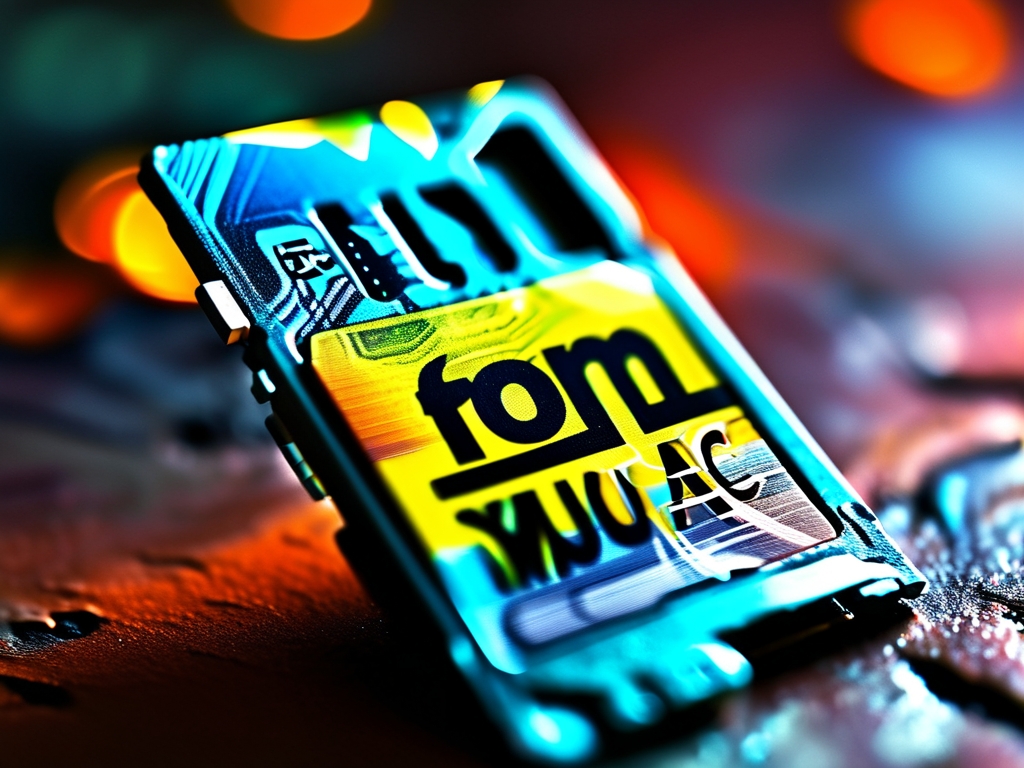When purchasing a memory card, understanding its actual storage capacity is crucial for optimizing its use in devices like cameras, smartphones, or drones. However, many users are confused by discrepancies between the advertised capacity and the usable space displayed on their devices. This guide explains how memory card capacity is calculated, the factors affecting usable storage, and practical steps to determine the right card size for your needs.

1. The Basics of Storage Measurement
Memory card capacity is measured in bytes, with common units including gigabytes (GB) and terabytes (TB). Manufacturers typically label cards using the decimal system (base 10), where:
- 1 GB = 1,000,000,000 bytes
- 1 TB = 1,000,000,000,000 bytes
However, computers and devices use the binary system (base 2), where:
- 1 GiB (gibibyte) = 1,073,741,824 bytes
- 1 TiB (tebibyte) = 1,099,511,627,776 bytes
This difference leads to a "missing" space phenomenon. For example, a 64 GB card marketed by a manufacturer will appear as approximately 59.6 GiB on a device, resulting in a perceived loss of ~7% capacity.
2. File System Overhead
When formatting a memory card, the device creates a file system (e.g., FAT32, exFAT, NTFS) to organize data. This process reserves a small portion of the card for system metadata, further reducing usable space. For instance:
- FAT32 allocates ~2–5% for system files.
- exFAT has lower overhead but still consumes space.
Formatting tools may also partition the card differently based on device requirements.
3. Calculating Actual Usable Space
To estimate usable capacity, follow these steps:
- Convert Advertised Capacity to Bytes:
- Example: 128 GB = 128 × 1,000,000,000 = 128,000,000,000 bytes.
- Convert to Binary Units:
- 128,000,000,000 bytes ÷ 1,073,741,824 = ~119.2 GiB.
- Subtract File System Overhead:
- For FAT32: 119.2 GiB × 0.97 ≈ 115.6 GiB usable.
This means a 128 GB card may only provide ~116 GB of actual storage.
4. Real-World Storage Requirements
To choose the right card size, calculate the space needed for your files:
- Photos: A 20 MP JPEG image averages 5–10 MB.
- 1,000 photos ≈ 5–10 GB.
- Videos: 4K video at 60 fps uses ~600 MB/minute.
- 1 hour ≈ 36 GB.
- Apps/Games: Mobile games can require 2–5 GB each.
Multiply these values by your usage frequency to estimate total storage needs.
5. Hidden Factors Affecting Capacity
- Preloaded Content: Some cards include bundled software or backups.
- Wear-Leveling: Advanced cards reserve space for memory management, reducing visible capacity.
- Device Limitations: Older devices may not support cards larger than 32 GB or 64 GB.
6. Tools to Verify Capacity
Use software like H2testw (Windows) or F3X (Mac/Linux) to test a card’s real capacity and detect counterfeit products. These tools write and read data to confirm the card’s integrity.
7. Choosing the Right Card
- Casual Users: 32–64 GB for photos, music, and documents.
- Photographers/Videographers: 128 GB–1 TB for RAW images or 4K video.
- Gamers: 256 GB+ for large game files and updates.
Always buy from reputable brands to avoid counterfeit cards with inflated capacity claims.
Calculating memory card capacity involves understanding unit conversions, file systems, and real-world usage patterns. By accounting for these factors, you can avoid unexpected storage shortages and select a card that truly meets your needs. Regularly formatting your card and backing up data also ensures optimal performance over time.

